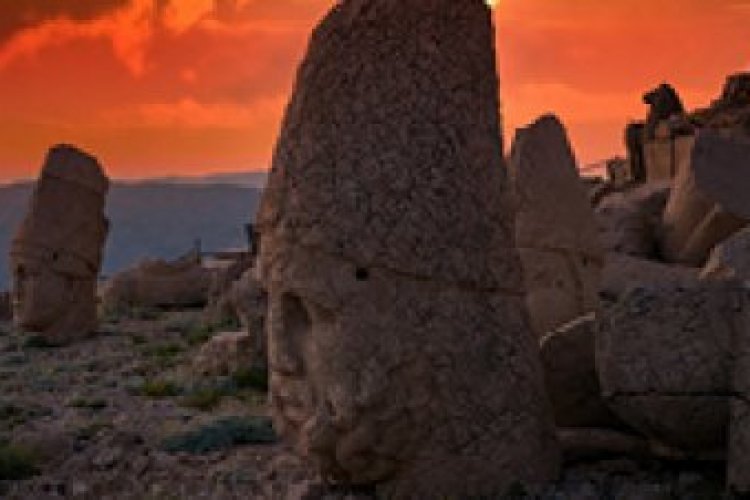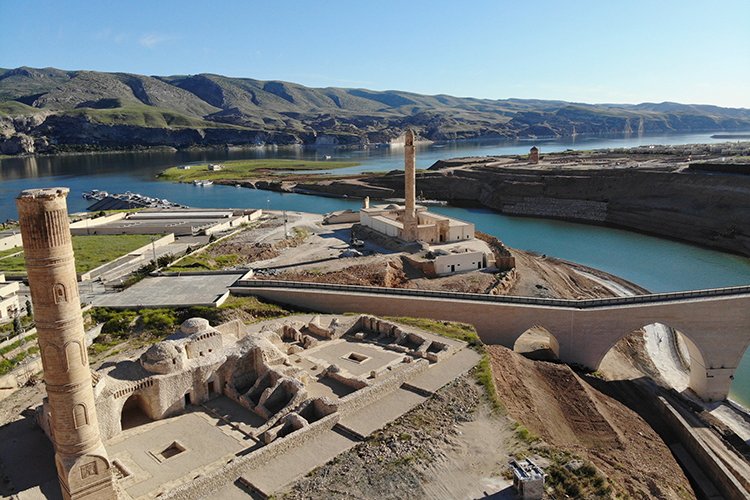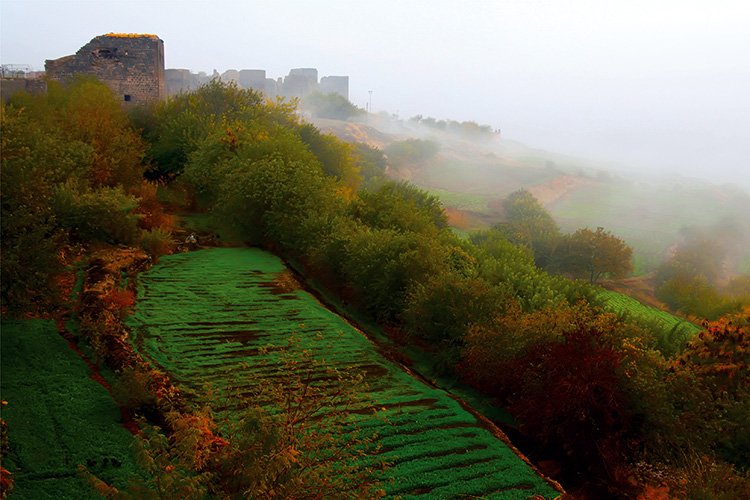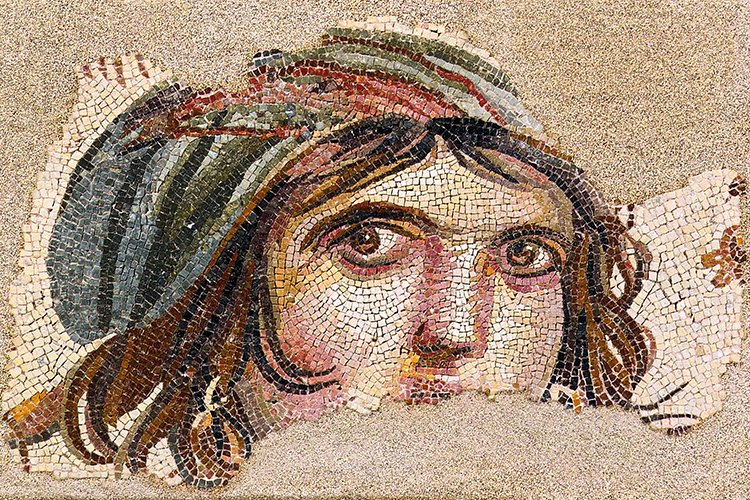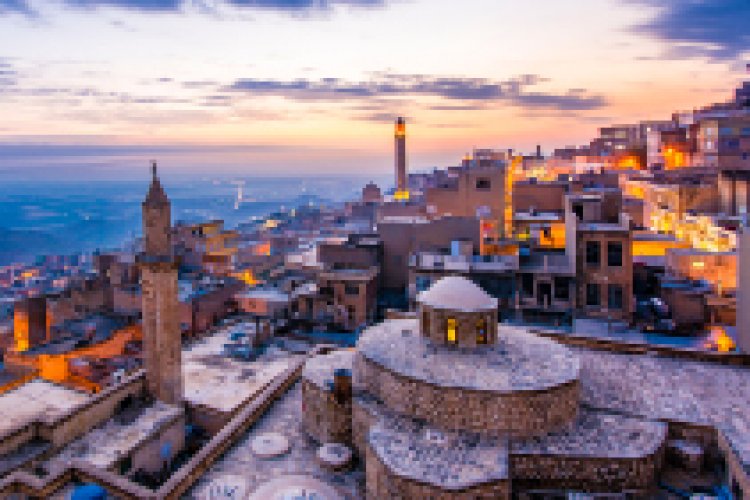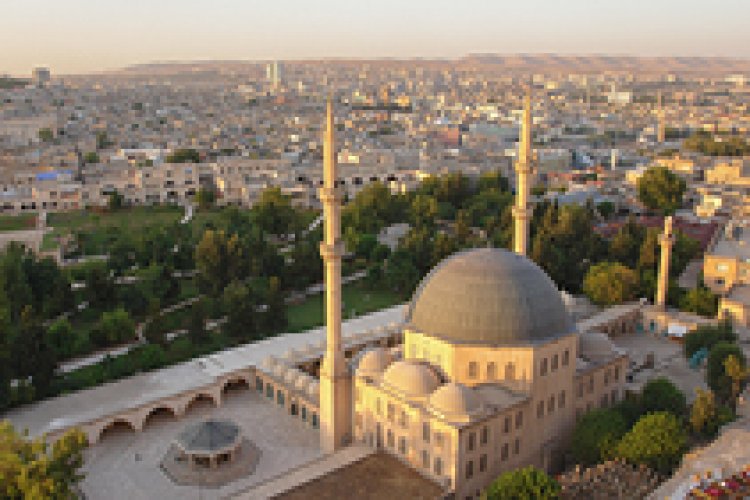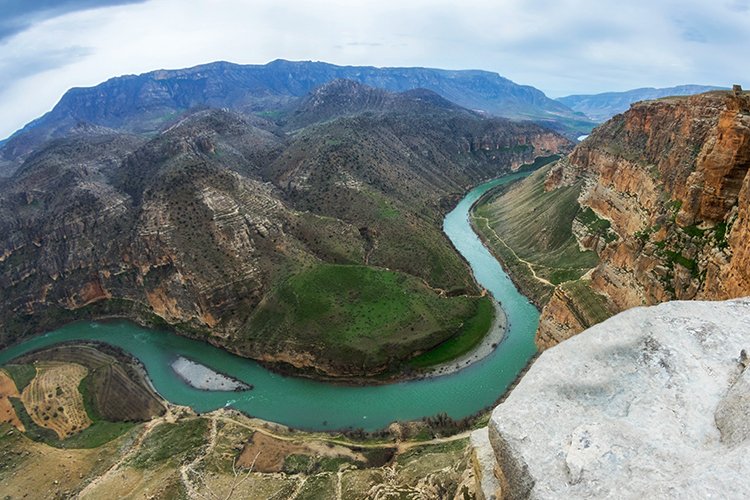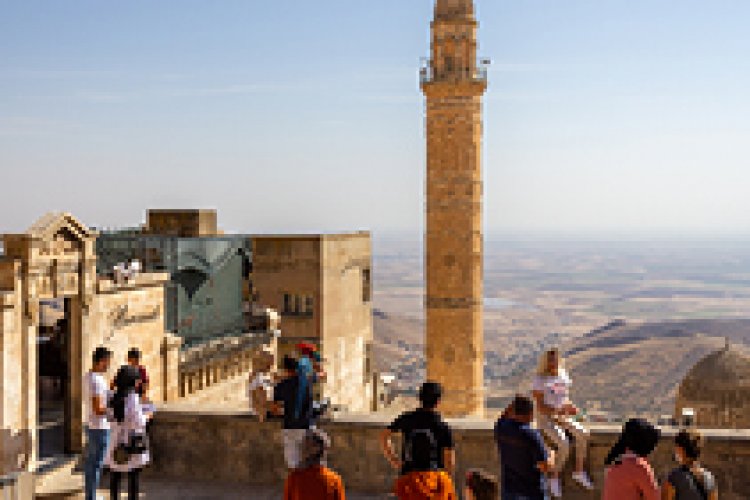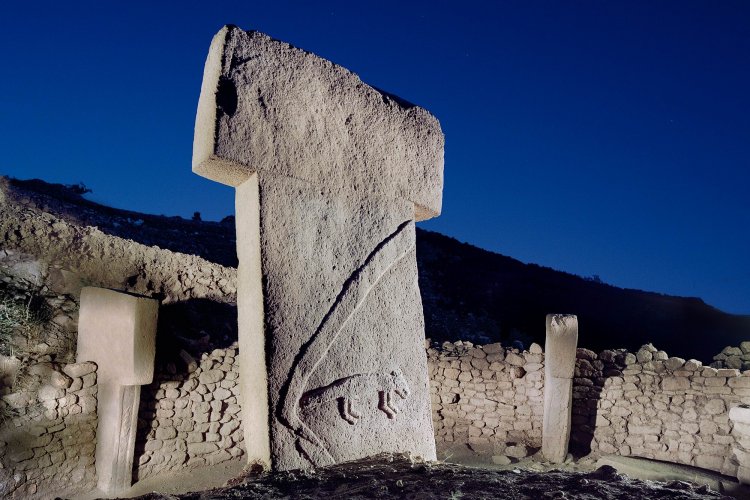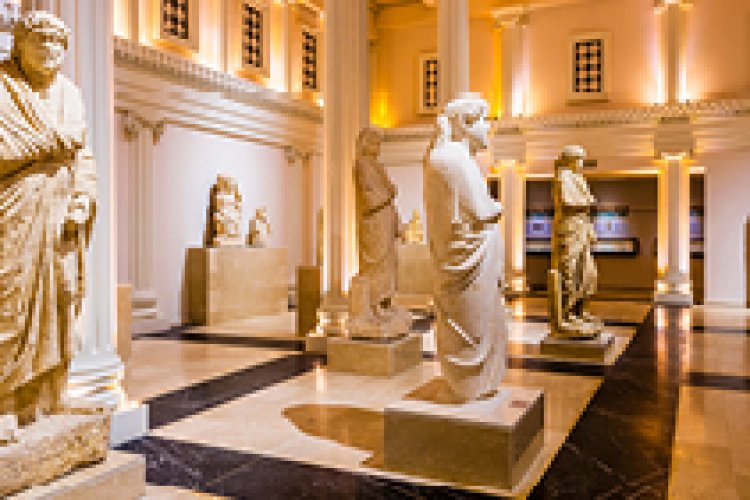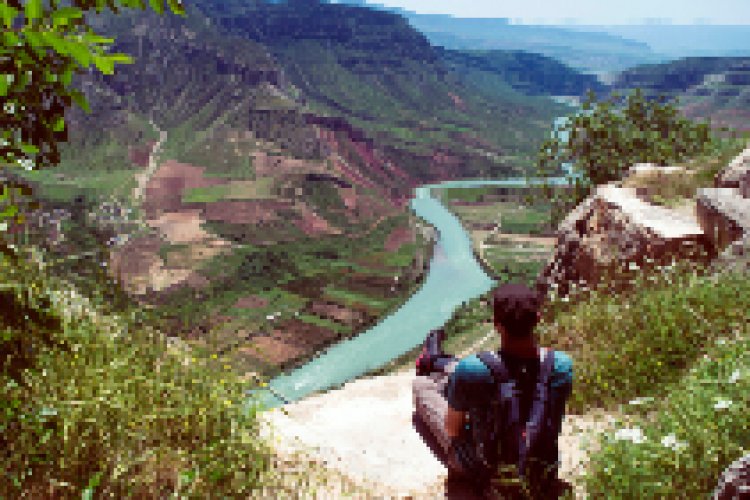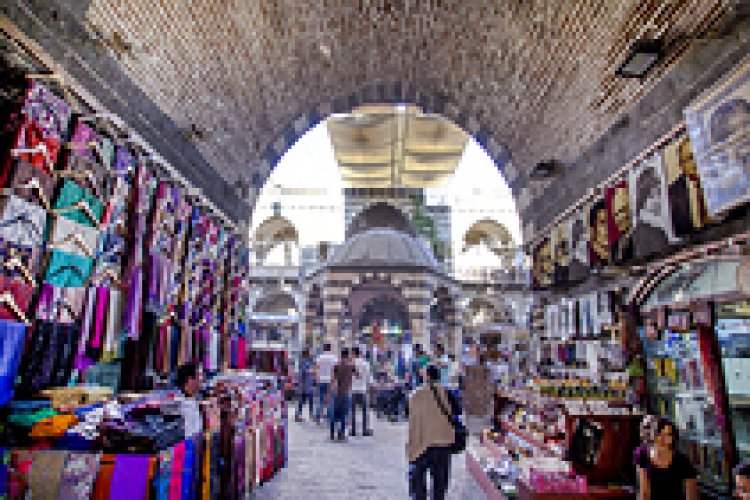Siirt
Siirt, the hidden city of Upper Mesopotamia, is like a cowardly bride who has managed to preserve the traces of time for centuries and covers the steep rocks of Cizre as a veil. The city, which has existed for 12 thousand years among purple mountains and green valleys, has sometimes been a small settlement and sometimes been an important center. Siirt, also known as the 'Land of the Saints', is perhaps one of the cities in the east that trained the most reverends and scientists. The positions of these people, each of whom is a different sea and a different value, are still a light to the world of belief in Siirt today.
Must Do
Watch the Botan Valley from Rasulhacar
Explore the Botan Valley
Make sure to go to Tillo on March 21 and September 23 and witness the sun event.
Walk under the Sabats, see Cas Houses
Visit the tomb of Veysel Karani
Do not get back without eating Siirt brian kebab, wedding pilaf, and Siirt meatballs cooked in a hot well
Buy the Siirt blanket woven with yarns produced by hand spinning the mohair with a spindle, and the jirkan rug made from madder.
Buy Siirt pistachio, Pervari honey and Bittim soap
Buy copper wares from the Coppersmiths' Bazaar
Taste the zivzik pomegranate, which has a dense grain and a sour taste
Did You Know
Many products are grown and produced in Siirt, where crafts, farming, horticulture and animal husbandry are highly developed, from blankets unique to the city to pistachios, from endemic pomegranate varieties to honey compiled with numerous flowers.
The climate of Siirt is very suitable for angora goat breeding. Siirt blanket is also produced with pure angora obtained from angora goat. After the obtained mohair washing process, it is spun with a spindle and twisted and yarn is obtained. Then the yarn is woven on the local looms, these weavings are processed by hitting the comb and the Siirt blanket is obtained.
Siirt blankets are woven in plain or various patterns and motifs in colors such as cream, brown, buff, black and olive green. As the blanket is made of pure mohair, it balances the temperature according to the climate.
The rugs, which are the products of the rich eastern culture and each of which is the result of a different story, reflect the feelings of the master. Siirt rugs are completely woven from wool yarn. Yarns are dyed using madder and due to this natural dye, they preserve their vitality for years. The most famous rug of the region is "Jirkan Rug”.
Due to the abundance of copper reserves in Siirt, copper working is also among the most common handicrafts. It is still possible to find kitchen utensils such as pots, cauldrons, bowls and trays in the coppersmiths' bazaar.
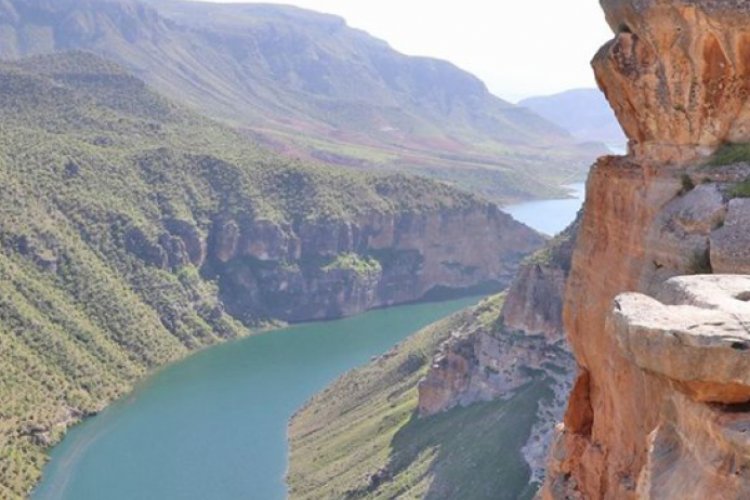
Botan Valley
Botan Stream, one of the most important tributaries of the Tigris River, flows through one of the craggiest and steepest valleys in Turkey, a region of unparalleled geographical beauty. It is possible to find traces of human settlements from the Neolithic Age to the present day in the Botan Valley, which hosts many archaeological mounds, ancient roads, caves, church ruins, bridges, inns, castles, mosques and mills. The valley offers great routes for trekking and you can also shop in the villages along the way.
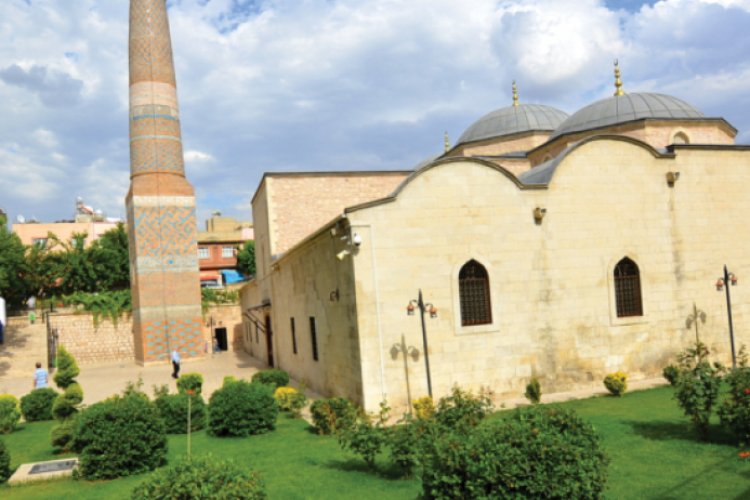
Great Mosque
In this Seljuk work from centuries beyond, there are kufic writings, braid and star motifs on the base of the minaret, which has become the symbol of Siirt. With the tiles and mosaics on its body, it is thought to be the first minaret decorated with tile mosaics in Anatolia. Siirt Grand Mosque is considered to be the pioneer of the grand mosques with similar examples in the region in terms of plan.

Tillo
Tillo, which means "high spirits" in Syriac, used to be entered barefoot out of respect for the saints who lived and have lived there. As one of the important centers of madrasah culture, Tillo has raised many Islamic scholars such as Sheikh Mansur, Sheikh Mujahid, İsmail Fakirullah and İbrahim Hakkı of Erzurum. This city, where madrasas still educate students today and where the sounds of hymns echo on the cobblestone sidewalks, has never lost its mystical atmosphere for centuries. In the 1700s, the scholar İbrahim Hakkı Hazretleri, who calculated the distance between the Moon and the Earth, built an amazing light device for the tomb of his teacher İsmail Fakirullah Hazretleri in Tillo. Thanks to this device, the sun's rays illuminate the bedside of the mausoleum where İsmail Fakirullah is located.
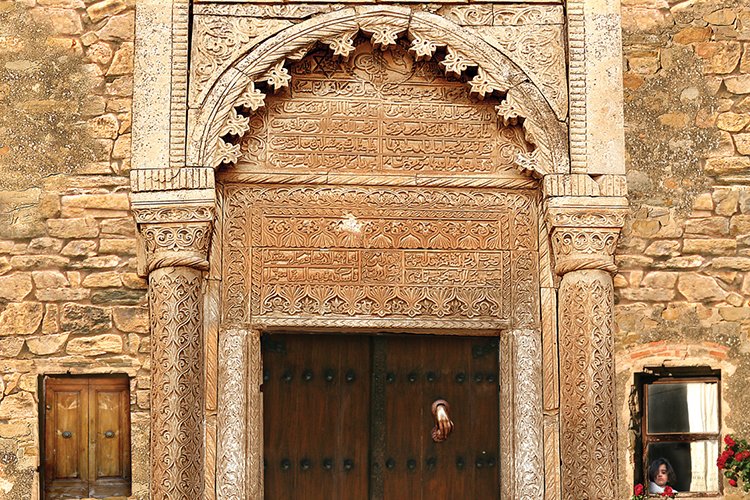
Cas Houses
Named after the special mortar produced by burning and grinding a type of limestone material found in the region, Cas Houses are usually two or three-story, unique local buildings. The workmanship and details in Cas Houses reveal the authenticity of local architecture.
